Purchasing property is probably one of the most significant decisions people make. As it is a huge milestone to reach, the whole process requires a lot of consideration, patience, research, and time. Therefore, when searching for a place to live, there are many things to consider.
One of the main concerns most buyers face is whether they should choose a ready-to-move-in or an under-construction property. Indeed, there are some pros and cons related to both choices. You should consider these certain advantages and disadvantages of buying a property in an existing project or investing in new construction. Still, your decision will ultimately depend on your needs and what works best for you.
In this blog post, we have conducted thorough research at IIPS to outline some of the most crucial factors that property-buyers should consider before buying a house before it is built or investing in a ready-to-move-in commercial residence.
Factors to Consider while Making Purchase
If you are stuck between buying an under-construction versus a ready-to-move-in property, here are a few factors that will help you to make a better decision on both options.
- Price Difference
- Risk of delay
- Infrastructure and quality
Let’s discuss these options individually to find out how these factors can impact decisions.
Price Difference
Purchasing an under-construction property is lighter on your bank account, unlike buying a built property, even though the prices of properties vary mainly with each housing scheme, location, and even the builder. While the truth is that ready-for-sale properties tend to cost you about 10 to 30 percent more than the ones still under construction. In a sense, it’s comparable to purchasing a newly constructed house rather than an older one.
However, if the housing society increases its development rates, you never know how much you might pay for an under-construction property. Moreover, if the builder faces any significant hiccups, the buyer may have to bear the brunt of unexpected costs concerning the building process. Despite this, it is essential to note that this is not a very frequent occurrence. In most cases, housing societies are planned and well-set during development in response to any type of uncertainty.
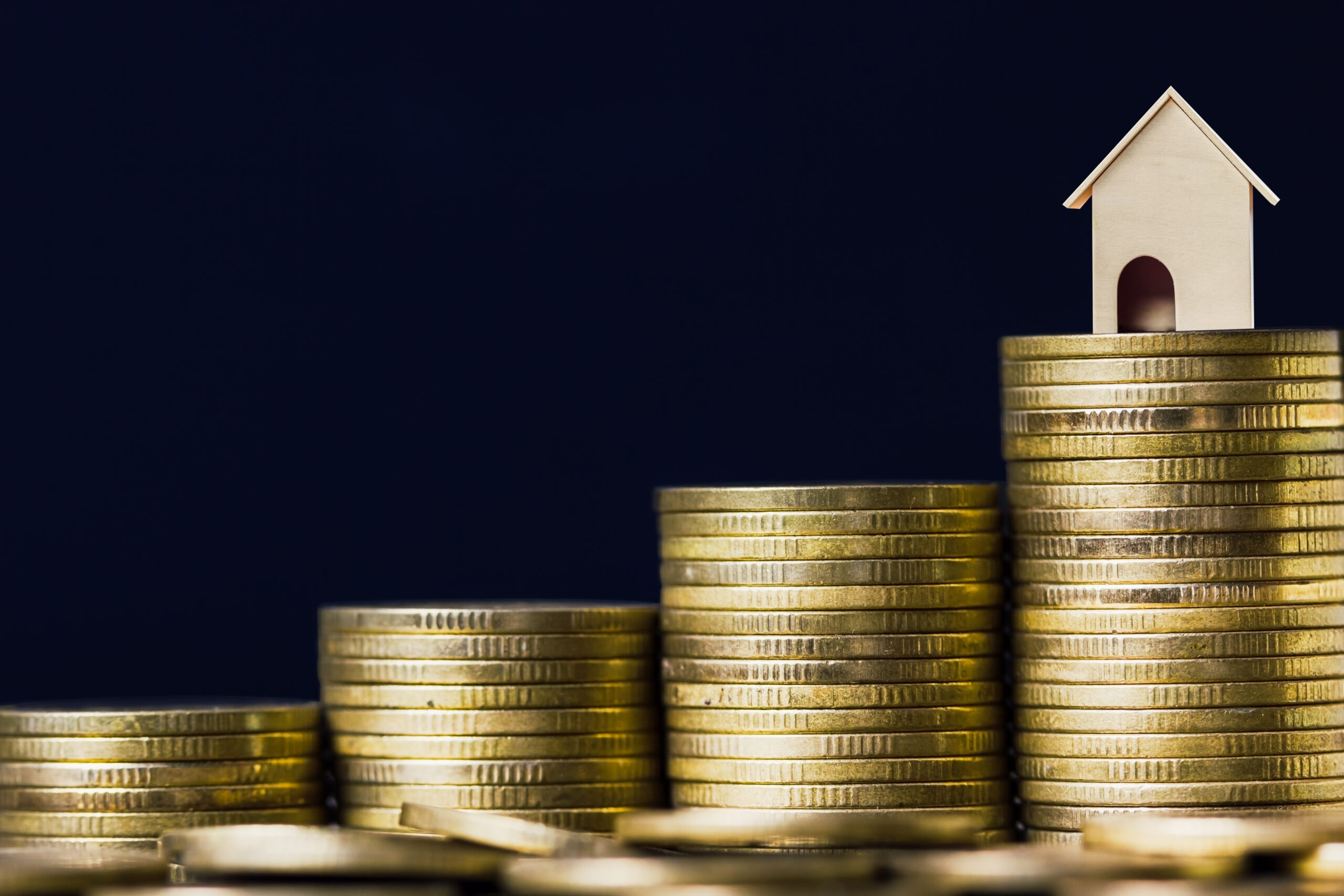 Risk of Delay
Risk of Delay
Mainly under-construction properties come under the light of “risk of delay” because those properties that concerned authorities have not approved may face long delays in completion and possession due to multiple issues such as zoning disputes, land-related litigations, new regulatory policies, and above all, developers abandoning the project due to lack of funds. Therefore, under-construction properties can be very uncertain to deliver under the timeline.
On the flip, investing in new projects that the local authorities have authorised can be promising for those looking to gain impressive capital profits.
Meanwhile, you don’t have to face these problems when buying already built property. Thus, the house or the apartment has already been constructed, and now you just need to make the payment and complete the registration or transfer process before moving into your new home. Remember that immediate possession is likely one of the leading benefits of choosing an investment in an existing project.
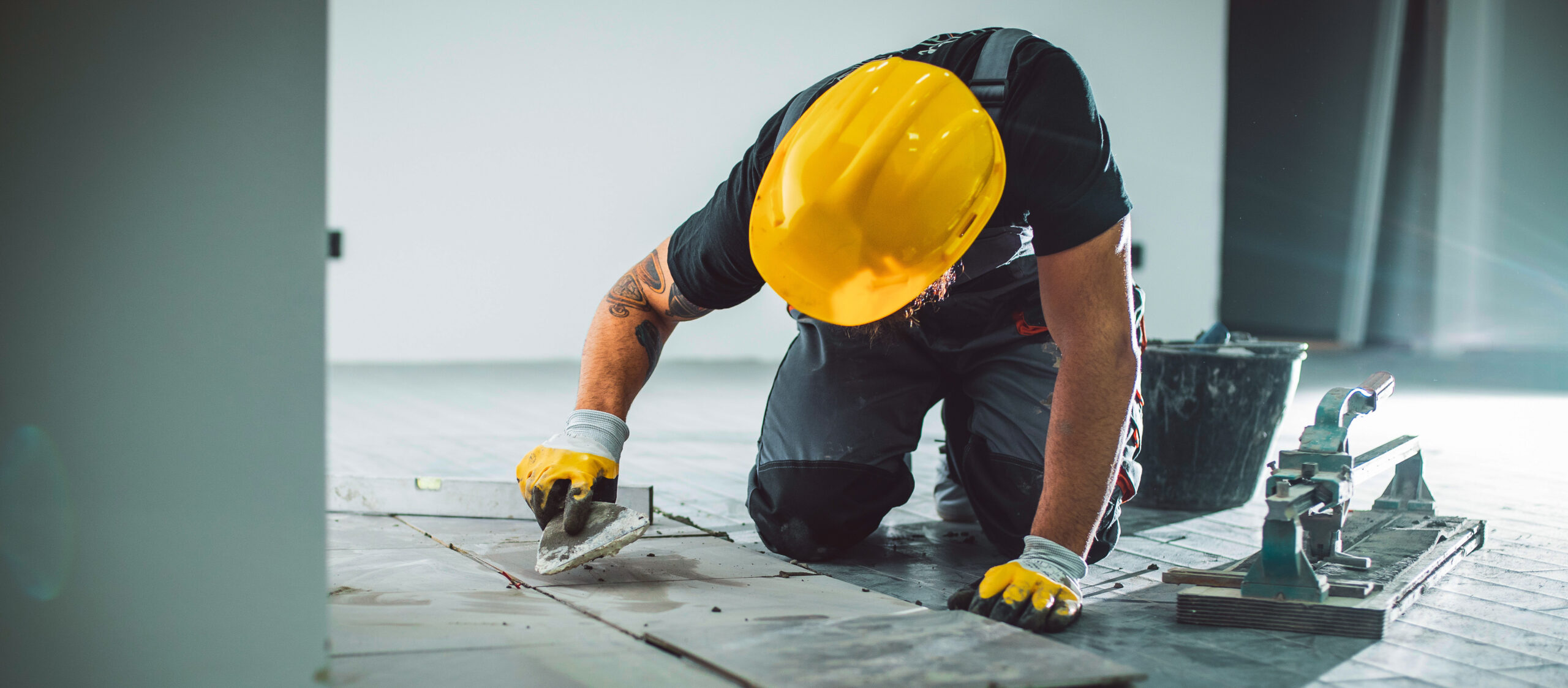 Infrastructure and Quality
Infrastructure and Quality
In the case of existing properties, you can get what you see regarding construction, layout amenities and facilities. There will be no problem deciding design, structure and material for the construction because the owner will provide you with an opportunity to inspect the whole property before your decision patiently. While investing in an under-construction property, you may be in a worst-case scenario where the final product may look nothing like the represented sample. It is possible to avoid these problems by investing in projects by reputable developers, regularly visiting the construction site, and paying attention to the quality of materials being utilised. Therefore, buying built flats or houses is preferable if you’re a busy person. However, if you have the money and time, and don’t compromise on the quality of material utilisation, then buying under-construction property is a better investment option.
 Who Should Consider Buying Existing property
Who Should Consider Buying Existing property
As we discussed above, buying a ready-to-move-in or under-construction property totally depends on your personal preferences. If you are looking for a place to live on an urgent basis, then buying an entirely constructed property will be your best option, as an under-development project will take a very long time to finish the construction process. This is the reason why most under-construction properties are also located on the city’s outskirts. Hence, if you want to live near the city centre with a nice scenic view, you will probably have to select the already existing well-structured properties.
Furthermore, there is generally no risk of delays in possession in ready-to-move-in properties. And the house’s construction, design, layout, and infrastructural details are also right there in front of you to inspect. Therefore, you are free of unexpected development charges and even can apply for a home loan to make the purchase.
 Who Should Consider Buying an Under-Construction Property?
Who Should Consider Buying an Under-Construction Property?
Compared to buying an existing house, purchasing an under-construction property is an excellent option for those looking to expand their real estate portfolio and earn a high return on investment.
As long as you are finding property for accommodation, investing in an under-construction property makes more sense since it is relatively less expensive and may allow you to customise the layout according to your preference. Additionally, these under-construction properties are primarily located in developing neighbourhoods, so the potential for value appreciation is comparatively higher. For instance, people investing in the highly affordable projects of Graana, Imarat Group of Companies, and Agency 21 can expect an 18% annual rental yield and a capital gain of up to 20 to 24% in the next two to three years. So, in this case, you should invest in under-developing projects to enhance your real estate portfolio and stabilise your income.
Moreover, developing projects offer flexible payment and instalment plans to encourage buyers. Yet, it is considered one of the most significant advantages of buying under-construction property.
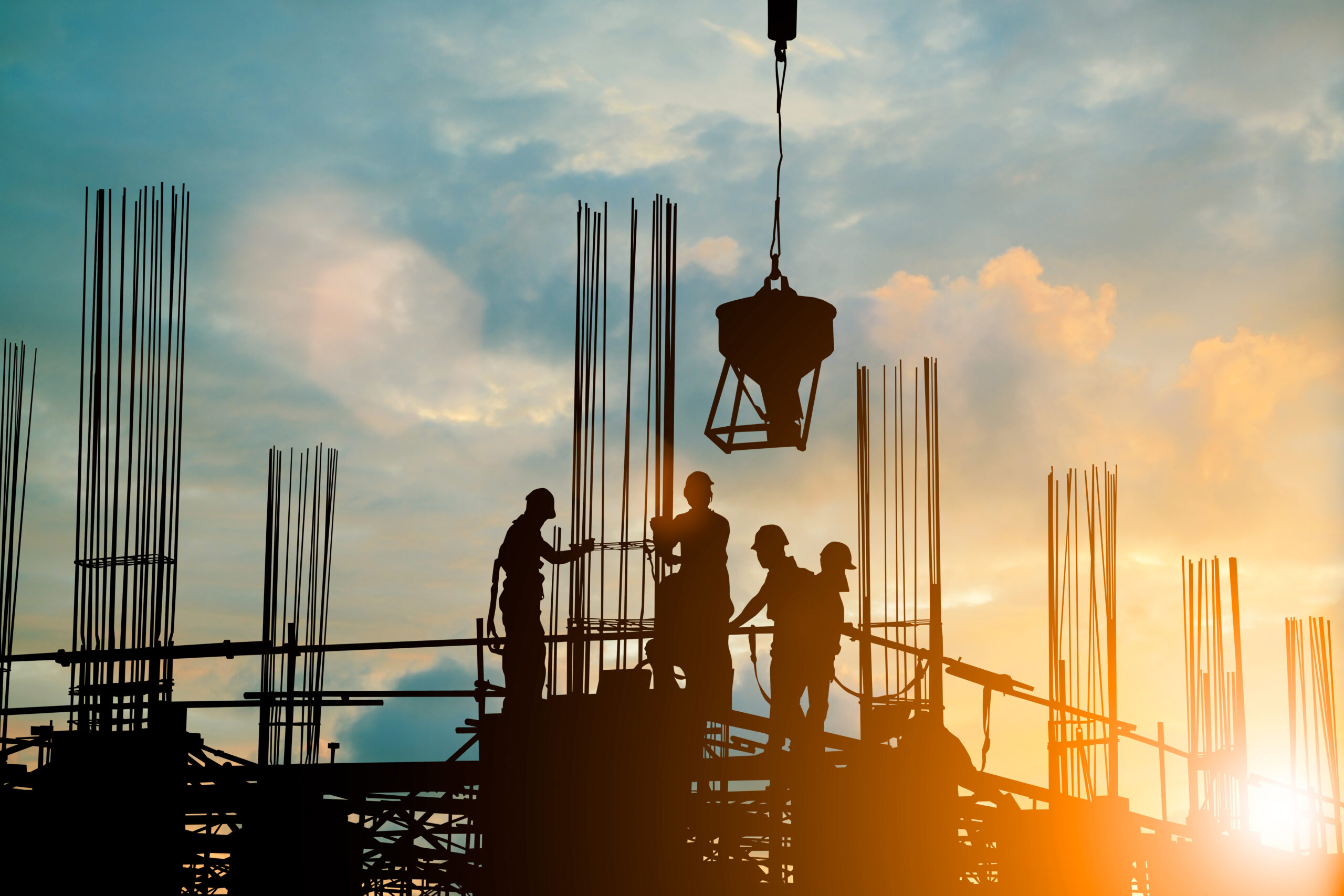 Final Thoughts
Final Thoughts
That’s it; we have delivered you the best problems and solutions concerning purchases for ready-to-move-in or under-construction properties. But, still, remember that before making any purchase, you have to consider your resources, financials, and especially time. Because ready-to-move-in offers immediate possession and you can immediately inspect the house or apartment, which may not be a good quality check as maybe some time the maintenance costs will emerge in future. While on the other hand, under-construction projects ensure proper check and balance because a considerable amount of finances are invested, and well-known builders are constructing the buildings for real estate companies. Indeed, it is a much more reliable and undoubtedly customisable option for you. So, you should take this chance to invest in the under-construction projects to diversify your real estate portfolio.
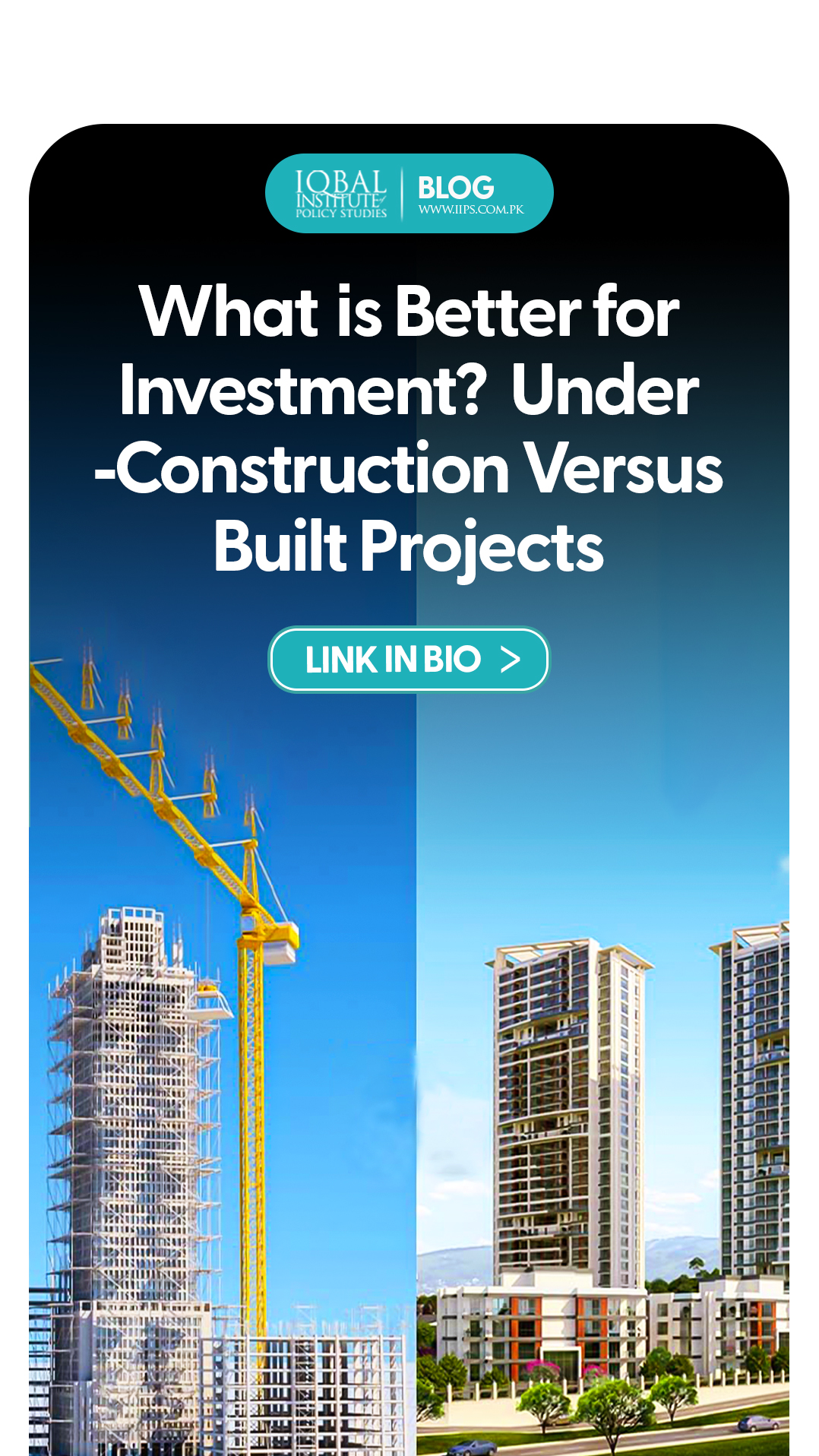

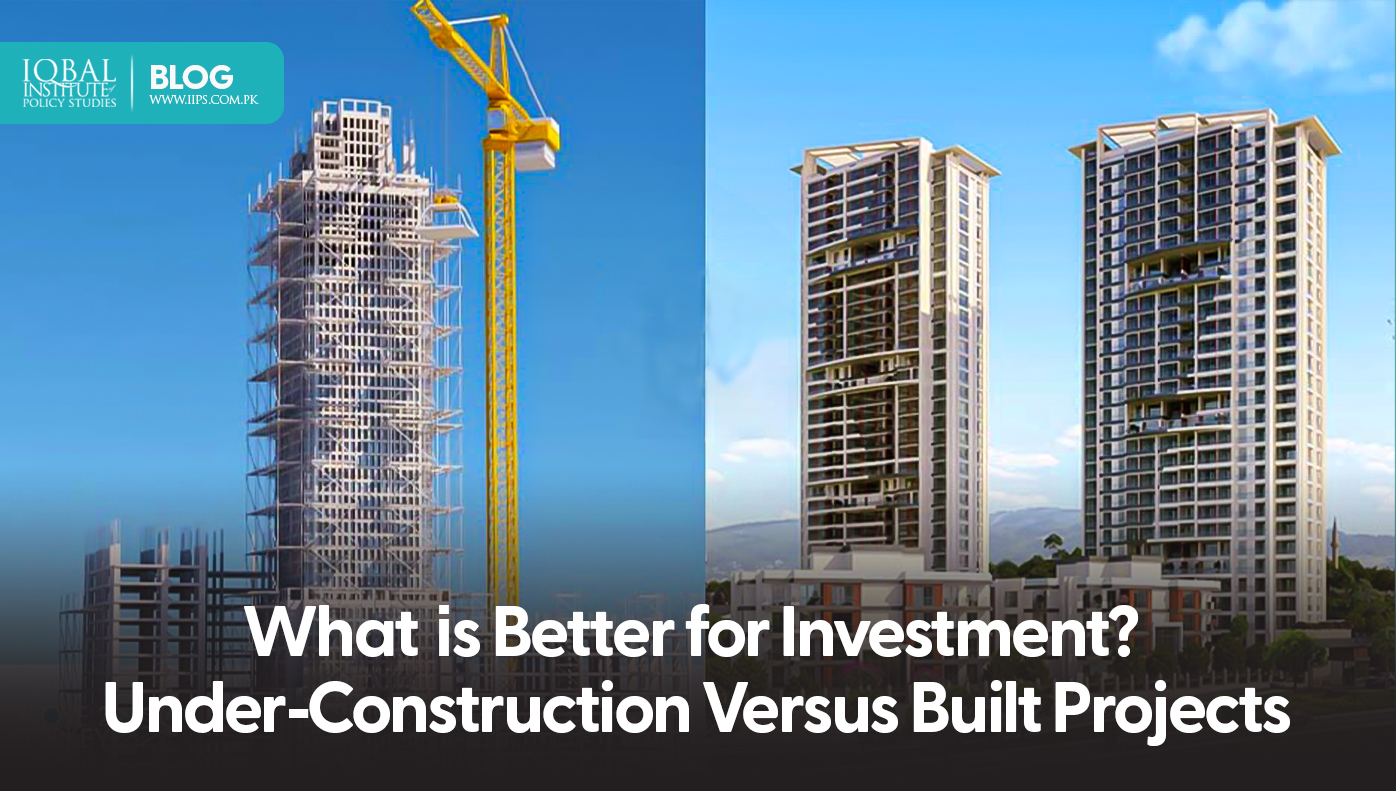
Leave a Reply